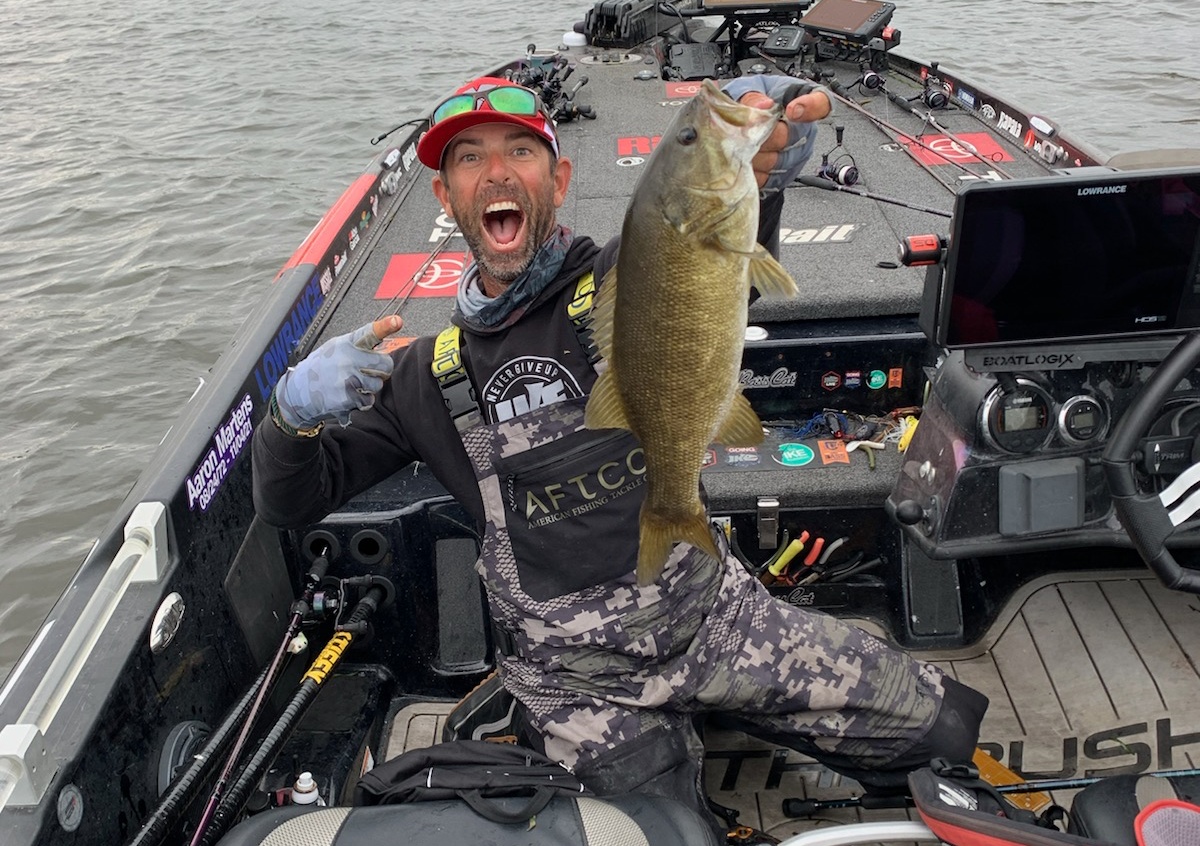
Fall bass fishing can be phenomenal. There are two distinct periods you need to be aware of to take full advantage of it: the “fall feed” followed by the “fall migration.” This column deals with the fall feed. I’ll lay out the fall migration in my next column.
A lot of people put their rods away at this time of year due to chilly weather or hunting seasons. In my opinion, fall is one of the best times to catch bass. There’s an easy way to determine when the fall feed gets underway, and it holds true no matter where you live in the country.
Summer is waning, which brings an end to the hottest water and air temperatures of the year. The fall feed starts to kick in when the water temperature drops into the mid-70s from its summertime highs, which are typically well above 80 degrees in much of the country. Now it’s game on.
The cooling water pulls shad and other baitfish up from deep water into the shallows. The bass follow them like wolves. This holds true with largemouth, smallmouth and spotted bass. Their instincts tell them that tough times are coming and that they need to fatten up to survive the winter. They get this urgency to feed even in places like Florida and Texas where the lakes never freeze.
Wherever the bait shows up, that’s where the bass are going to be. To catch the bass you have to follow the bait just as they do. Baitfish that were hanging in the depths just a few weeks ago are moving up into less than 10 feet of water.
Where the bass move shallow is a little bit different whether fishing a natural lake, a river or a reservoir. In general, the bait is moving into creeks and pockets and ganging up on points, shoals and flats. They stay on top of these structures and not on the sides of them.
A key thing I’ve learned over the years is that the best creeks and pockets have water flowing into them. If I’ve never fished a lake, I study a map and look for these special places. I eliminate dead water by avoiding creeks that don’t have incoming water.
Although I look for baitfish with my electronics, I also physically look for them dimpling the surface. Birds often tip me off to the presence of baitfish. As the water keeps cooling, more and more bait keeps moving up. That pulls more bass into the prime areas and holds them there. You’ll often see them schooling on bait.
It’s a fun time of year to fish. My lure selection is going to mimic the forage. I get away from panfish and crawfish imitators and go to baitfish imitators. This is typically power fishing with topwaters, jerkbaits, crankbaits, spinnerbaits and bladed jigs.
Poppers and walking baits are high priority lures for me. Rapala’s Skitter V is one of my favorite walking baits during the fall feed. I also do well with Rapala’s DT crankbaits and Berkley’s PowerBait Jerk Shad.
The fall feed will keep you flush with shallow bass until the water temperature drops to the mid to low 60s. Depending on where you live, this will happen sometime in October or November. The bass respond by beginning a migration to their winter stomping grounds. Don’t despair. This is one of the best times of the year to find bass stacked up in tight bunches. I’ll tell you all about it in my next column.
Learn more about how I fish for bass in autumn and other techniques at www.mikeiaconelli.com or www.youtube.com/c/goingike.





